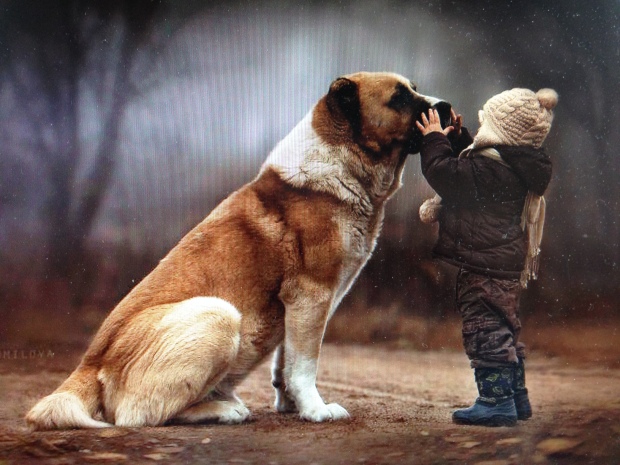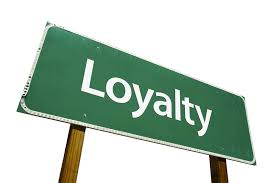As I was preparing my breakfast this morning – a Lebanese breakfast wrap consisting of pita bread, fresh lebneh, and zataar, it hit me as ton of bricks – I am a Bosnian, living in Dubai, eating Lebanese breakfast. As marketer, it got me wondering – how did that happen? Why am I having a home stocked full with Arabic products even though the selection of what I ate home is quite available?
For the record, this is the sandwich I was eating. Please keep in mind I inhaled mine before I snapped a picture. This picture is courtesy of MonLIban
The answer is probably explained by process of acculturation.
In case you do not know what is acculturation consider this definition:
Acculturation is a process that refers to how well individuals understand and adapt to new culture or subculture.
Living in Dubai, where in 2009 around eighty-three percent of the population of United Arab Emirates consisted of expatriates, and where you see tourists practically around every corner you learn that as a human, and a marketer, process of acculturation plays a large role in understanding how consumers behave. But forget about Dubai – living in increasingly ‘global and mobile’ world, process of acculturation plays a large role in understanding how consumers behave.
So, to adjust the definition above of acculturation to consumer behavior concept which will the be of significant use to us marketers consider following explanation:
Consumer acculturation refers to how those individuals in new culture or subculture adapt to be skilled consumers, and therefor is significant for marketers, who must try to understand and utilise that knowledge for creation of effective marketing strategies.
Acculturation process consists of 4 stages:
- Honeymoon stage – happens during first contact with the new culture, during which everything is fascinating and interesting. Interaction is superficial. Mostly tourists experience this stage. At this stage consumers are mostly interested in local products and customs. Consider tourists first time arriving to Dubai, or expat who just moved to new area. It is Since Dubai is a large touristic hub, implications and consumer behaviour in this stage is of special interest to marketers in UAE. In this stage tourists in UAE will be impressed by culture, cuisine, and admire local fashion.
- Rejection stage – occurs when interaction is increased. During this stage conflict with certain beliefs and values arises. At this stage consumers may value products that exist in their homeland and are familiar. For example, many Western expats find at this stage that certain values and beliefs, such as modest behaviour and dress codes typical for UAE culture harsh. As such consumers may reject local produce.
- Tolerance stage – occurs with a prolonged exposure to the new culture. Conflicts slowly resolve. A foreigner might see reasons behind different values and how that fits society, as with example of dress codes, and slowly accept it. They soon start exhibiting similar purchasing patterns to the local consumers.
- Integration stage – happens after prolonged exposure to the new culture. At this stage foreigners and outsiders are almost fully adept to the new culture. They have accepted the values and beliefs and act accordingly. In example of UAE, western expats will embrace dress code and modest behavior. There shopping behavior will be fully adapt to Dubai market condition and offers.
Each of the stages has consequences on consumer behavior in whole. That is why process of acculturation can be used for market segmentation and targeting.
With increased globalization and recent large movement of immigrants understanding process of acculturation can mean new opportunities.
Btw, see how marketing is totally nerdy? Wee 🙂
Please do let me know your opinion, or ask any questions in comments bellow.





